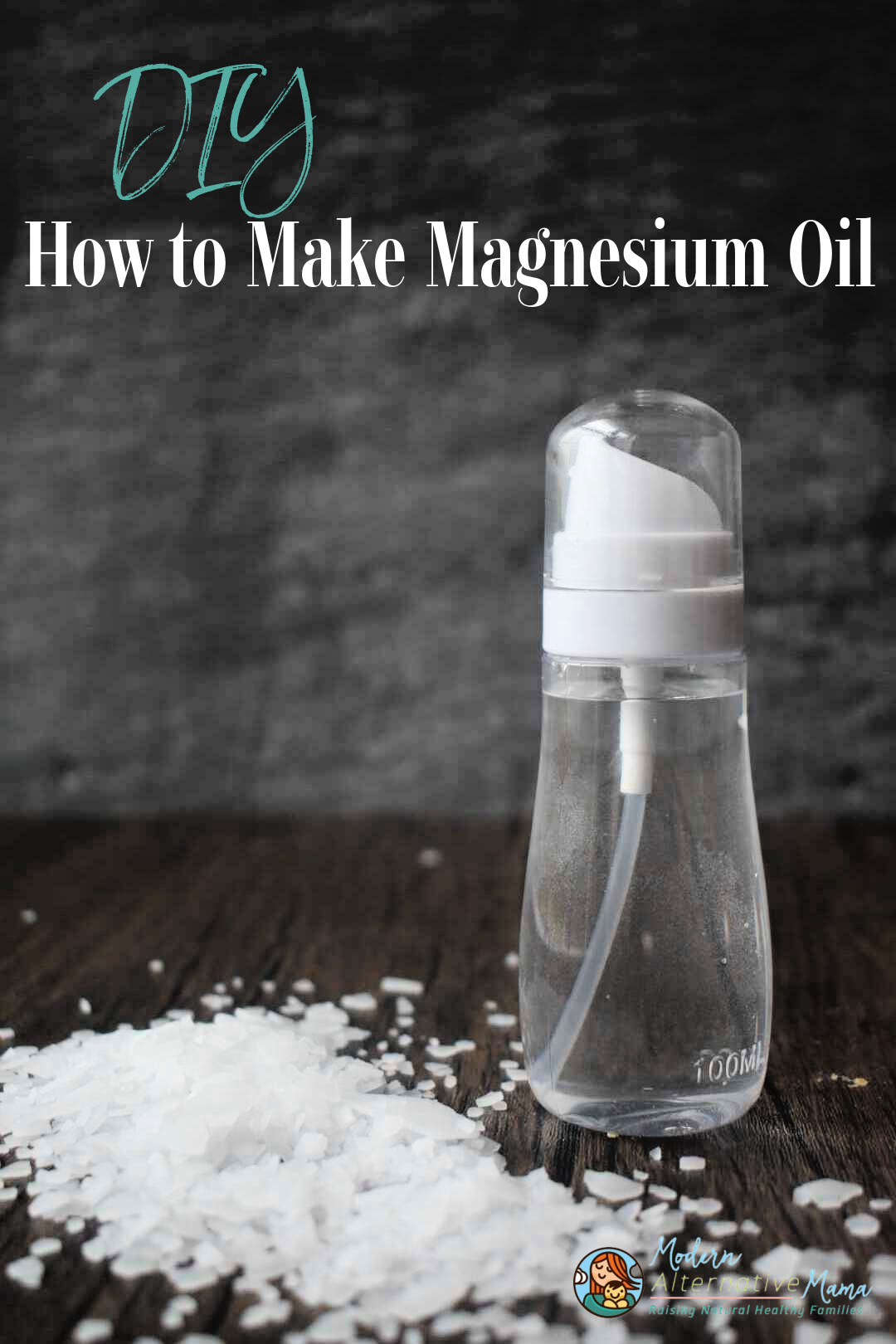There is no one-size-fits-all approach to managing labor and variations of normal, eben when it comes to premature rupture of membranes.
By Daja, Contributing Writer
I was 37 weeks along. It was the day after Thanksgiving. I was on a decent Netflix binge, laying there in bed, totally vegging out. Out of nowhere: POP! Trickle. GUSH! My water broke.
This wouldn’t have necessarily been a cause for concern, except that I had recently moved to rural Maine and my midwife and mother were to fly in from the West Coast for the birth. This turn of events was four days too early.
Contractions started mildly, more like Braxton-Hicks. Nevertheless, we got ready to catch this baby on our own. Night turned to morning. Morning turned to night. Night turned to morning. Contractions would come-and-go. Sometimes strong. Sometimes so mild I could sleep through them. This wasn’t what anyone would call “active labor.”
My mother and my midwife arrived and I was still pregnant. To make a long story short, our baby made his grand entrance 6 days after my water broke. He was healthy with perfect Apgar scores. I was fine with no infections, minimal bleeding and a decent recovery time.
What is Premature Rupture of Membranes?
According to Medscape, “Premature Rupture of Membranes” or “Prolonged Rupture of Membranes” is defined as follows: Premature rupture of membranes (PROM) refers to a patient who is beyond 37 weeks’ gestation and has presented with rupture of membranes (ROM) prior to the onset of labor. Preterm premature rupture of membranes (PPROM) is ROM prior to 37 weeks’ gestation….Prolonged ROM is any ROM that persists for more than 24 hours and prior to the onset of labor. [source] According to Medscape PPROM complicates 3% of all pregnancies and occurs in approximately 150,000 pregnancies yearly in the United States.
In a hospital setting, my situation would merit certain interventions. Likely Pitocin to speed labor, which would likely come with an epidural to manage the discomfort and help with relaxation, antibiotics to prevent infection, and continuous fetal monitoring.
How to Cope with Premature Rupture
But, I wasn’t in a hospital setting. I saw what was happening as simply a variation of normal and not as a complication. My husband and I had chosen with every pregnancy and birth (and this was our ninth go-round) to accept the risk and responsibility and delight of a natural home birth. We chose to follow some sensible recommendations of our midwife:
1. Insert nothing
No vaginal exams. No sex. No tampons. No baths. (Showers are OK.) Just do everything you can reduce the likelihood of introducing any foreign bacteria to the vaginal tract or uterus.
2. Vitamin C
I took 2,000 – 4,000 mg per day vitamin C. This was simply a protective measure to prevent any infection.
3. Hydrate, hydrate, hydrate
She asked me to drink a gallon a day. The body will continue to produce amniotic fluid, provided the placenta is still attached and provided you have enough fluid from which to produce it. Throughout the 6 days my water continued to trickle and gush by turns.
4. Check temperature
I checked my temperature a couple times a day to make sure I was not getting a fever, which may have indicated an infection.
5. Check the fluid as it leaks
Is it clear? Blood tinged? Meconium staining? We felt confident to wait it out as along as the fluid was clear.
6. Be patient
Often times there is a reason that labor is not “progressing” by measurable standards. Sometimes the baby needs to get in a better position. Sometimes hormones need to be adjusted and balanced. Sometimes you just need some more rest.
Or perhaps the reasons run even deeper: psychologically you may need to resolve things about becoming a mother, changes in your life and body, resolving emotional issues of hurt or abuse. There are so many things we cannot begin to measure. Therefore, patience is often the chief virtue of natural labor.
How to Encourage Labor
In my case, the fluid ran clear for five days. No blood and no meconium. Just lots of fresh amniotic fluid. On day six (my midwife already being by my side) we notice an ever-so-slight bit of meconium in the water. So we decided to try to help things along.
(Mind you, I am not recommending that anyone proceed as we did. Every mother needs to be in communication with her own doctor or midwife and be fully aware of the risks and benefits and most importantly, be willing to accept responsibility for the outcome regardless of the decisions made!)
1. Castor Oil
I did NOT ingest this. I wasn’t quite ready to accept the inevitable nausea and diarrhea that comes with inducing labor this way! I did rub it liberally on my belly and on my lower back several times that final day.
2. Blue Cohosh
I put 10 drops of the tincture under my tongue and held it there for a minute. I repeated this every three hours for a maximum of three doses.
3. Red Raspberry Leaf Tincture
An hour after taking the Blue Cohosh I took 20 drops red raspberry leaf tincture.
4. Evening Primrose Oil
I took two capsules a day to encourage dilation.
5. Lots of Movement
I walked outside in our woods. I did prenatal yoga and pilates. I did stretching and hip circles and tailor sitting.
How My Story Ended
And we got that labor moving along on day 6 with PPROM. On the sixth day I was sitting on my living room floor, eating beef stew that a friend had kindly brought over. I looked outside and noticed that it had begun snowing, ever-so-softly. I knew that the birth would be happening soon. (I had asked St. Therese for snow on the day of the birth.)
Contractions picked up significantly. My husband stoked the fire in the fireplace and played the opera pandora station. Ave Maria came on and I began to pray the Hail Mary, over and over again. My midwife made sure there were towels and blankets and chux pads handy. I was in a modified squat and feeling rather uncomfortable.
But then I remembered that several of my babies have been born with me laying on my side. So, I slid over on my right side. And one powerful rush of a contraction and “the baby is here!!!” His head crowned and without waiting for another contraction and hardly another breath he was in my husband’s hands.
We were all laughter and relief. The marathon was over. There was a tiniest bit of meconium near his bottom, but none near his face. His lungs were clear and he was alert and nursed readily.
Nothing in my little tale should be a substitute for the advice of a medical professional. You must be in communication with your own birth team to make these kinds of decisions.
However, for us, waiting it out for 6 days and having our home birth despite the variation of normal was the right decision. It was a beautiful home birth on our own terms, completely safe and healthy.
The moral of the story is to know your options. Remember that you are an individual, as is your baby. There is no one-size-fits-all approach to managing labor and variations of normal. Make decisions that are right for you and your situation.








[…] READ THE REST ON MODERN ALTERNATIVE PREGNANCY! […]
[…] Child: You have no idea how labor is going to be and you
That is great that you were able to wait until the baby was ready to come. I had PROM with my first and forth. With the first it took me manysectit (maybe days, not sure, it was coming out in trickles) to realize what had happened, and when I did I went into to the hospital. By God’s great mercy labor started 30 minutes after I arrived, so there was no need for pitocin. With the forth, after 2 days and several vaginal exams I went in for an induction. It was only a partial break and no additional fluids came out, so I felt like I could wait, but had no support from my doctor. It wasn’t pleasant, and I have just had homebirths since. Now I am expecting number 8 and hoping not to have PROM since I am in a foreign country, can’t have a homebirth, and here they only give 12 hours from the time the water breaks until they give a c-section. I love how you were able to handle it though.
[…] if labor doesn’t start right away? What happens next? Contributing writer, Daja, shares her own experience with prolonged rupture of membranes as an encouragement to natural mamas (to be) to explore what their options can be in those final […]